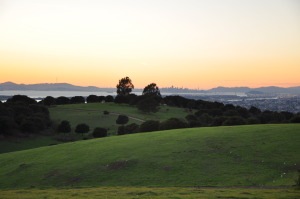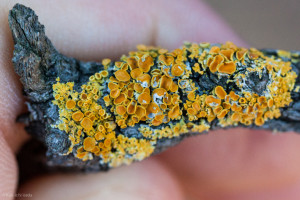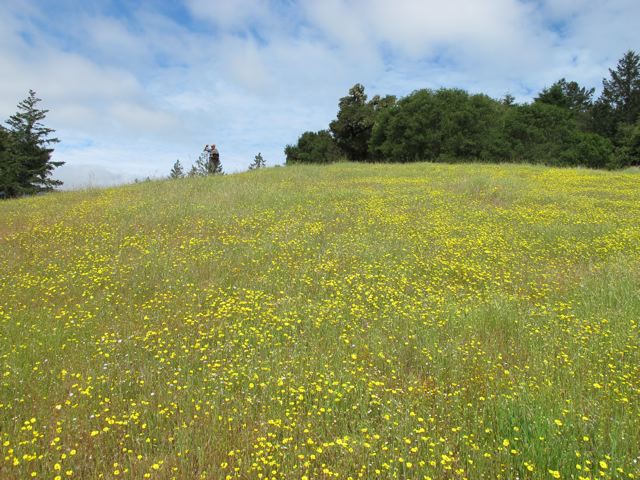In 2003, the City of Richmond paid $1 to the U.S. Navy for Point Molate, a 400-acre former fuel storage site on the San Pablo Peninsula. The billion-dollar question remains: What is to become of it?
A Draft Environmental Impact Report (DEIR) released in 2009 listed four options, three of which include a major casino developed by Upstream Investments and the Ukiah-based Guidiville Band of Pomo Indians, which claims ancestral ties to the land. The Manchester-Point Arena Band of Pomo Indians contests their claim and the project.
However that dispute is settled, it’s hard to escape the irony of the situation: An Indian band wants to build a gaming facility that critics say will imperil some of the region’s best remaining stands of native perennial coastal grassland. The grasses, including purple needlegrass, were once abundant along the eastern bayshore and provided important plant material for native basket makers and seed collectors.
At the public hearing for the DEIR in September, the California Native Grassland Association (CNGA) and the California Native Plant Society (CNPS) said the report misidentified the native coastal grassland community on the site as exotic annual grassland, making it impossible to properly address impacts or potential mitigations.
CNPS recognizes Point Molate as one of 15 Priority Plant Protection Areas in the East Bay. Plant communities considered rare by the California Department of Fish and Game include grasses such as California oatgrass, purple needle-grass, and red fescue. Local native gardeners have used “Molate red” fescue since its discovery in 1980. According to CNGA board member Jim Hanson, Point Molate supports the Bay Area’s largest intact expanse of non-serpentine native coastal prairie. Serpentine soils, high in minerals toxic to many plants and low in nutrients, favor natives that have evolved to survive the harsh conditions, while keeping exotics at bay. But Point Molate grasses grow not in serpentine soils but rather in weathered sandstone and shale, just like the grasses across the Bay at China Camp, Point Molate’s geologic sister site separated by the rise of San Francisco Bay. CNPS Conservation Botanist Lech Naumovich, who has documented several species of rare forbs shared by the Marin and Richmond sites, calls it the “East Bay Headlands.”
The casino deal–which proponents say will bring much-needed jobs and revenues to the city–nearly fell apart in January, but the Richmond City Council recently extended negotiations with Upstream and the Guidiville Band until March 11, 2010 (after this issue goes to press). For updates go to the Citizens for a Sustainable Point Molate website at cfspm.org.

.jpg)



-300x221.jpg)